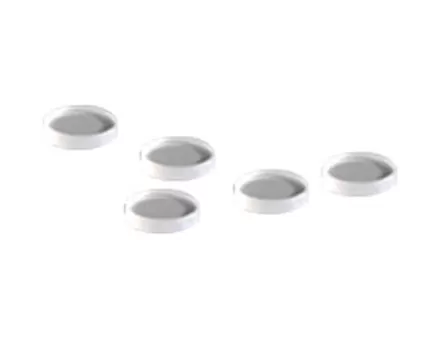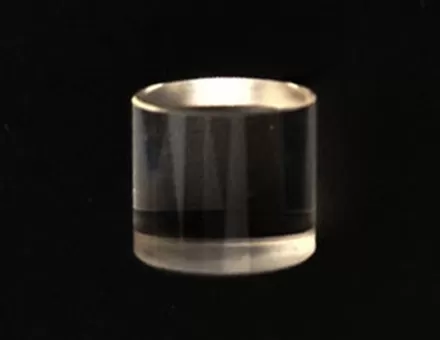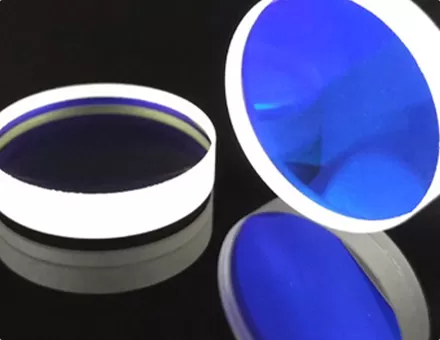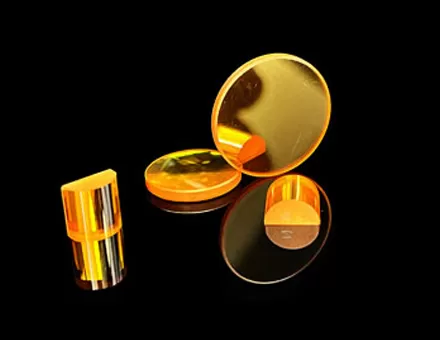What is optics of thin films? In fact, optics of thin films are to attach a thin layer of film to its products. According to different uses, the effect of the film is different. The main optics of thin films include reflective film, anti-reflection film, polarizing film, and interference filter. They have been widely used in economic construction and have received increasing attention from scientific and technical workers. Usually, the use of anti-reflection coating can reduce the luminous flux loss of complex optical lenses tenfold. The use of mirrors with high reflection coating ratio can double the output power of lasers. The use of thin-film optics can improve the efficiency and efficiency of silicon cells. The use of thin-film optics increases the importance of efficiency and stability in silicon cells.
1. Classification of optics of thin films
Thin film optics can be divided into: reflective films, anti-reflection films, anti-reflection films, thin film optical filters, polarizers, polarizing films, and compensation films are related to optical-grade protective films, window films, etc.
2. Characteristics of optics of thin films
Thin-film optics generally have a smooth surface, the interface between the film layers is geometrically divided, and the refractive index of the film layer can change at the interface, but it is continuous in the film layer, which can be a transparent medium or an absorbing medium; it can be It is uniform in the normal direction, or it can be characterized by non-uniform normal direction.
However, in practical applications, thin films are much more complicated than ideal thin films, because the optical properties and physical properties of thin films deviate from bulk materials, and their surfaces and interfaces are rough, resulting in diffuse reflection of light beams. The interpenetration between the layers forms the diffusion interface. Due to the growth, structure, stress and other reasons of the film layer, various anisotropies of the film are formed; the film layer has complex time effects.
3. Reflective film for optics of thin films
Reflective films can generally be divided into two categories, one is a metal reflective film, and the other is an all-dielectric reflective film. In addition, there are metal-dielectric reflective films that combine the two, the function of which is to increase the reflectivity of the optical surface.
Generally, metals have large extinction coefficients. When the light beam is incident on the metal surface from the air, the amplitude of the light entering the metal is rapidly attenuated, so that the light energy entering the metal decreases correspondingly, while the reflected light energy increases. The larger the extinction coefficient is, the faster the light amplitude decays, the less light energy enters the metal, and the higher the reflectivity. People always choose metals with larger extinction coefficient and more stable optical properties as metal film materials. The commonly used metal thin film materials in the ultraviolet region are aluminum, aluminum and silver are commonly used in the visible light region, and gold, silver and copper are commonly used in the infrared region. In addition, chromium and platinum are often used as film materials for some special optics of thin films.


















 EN
EN





